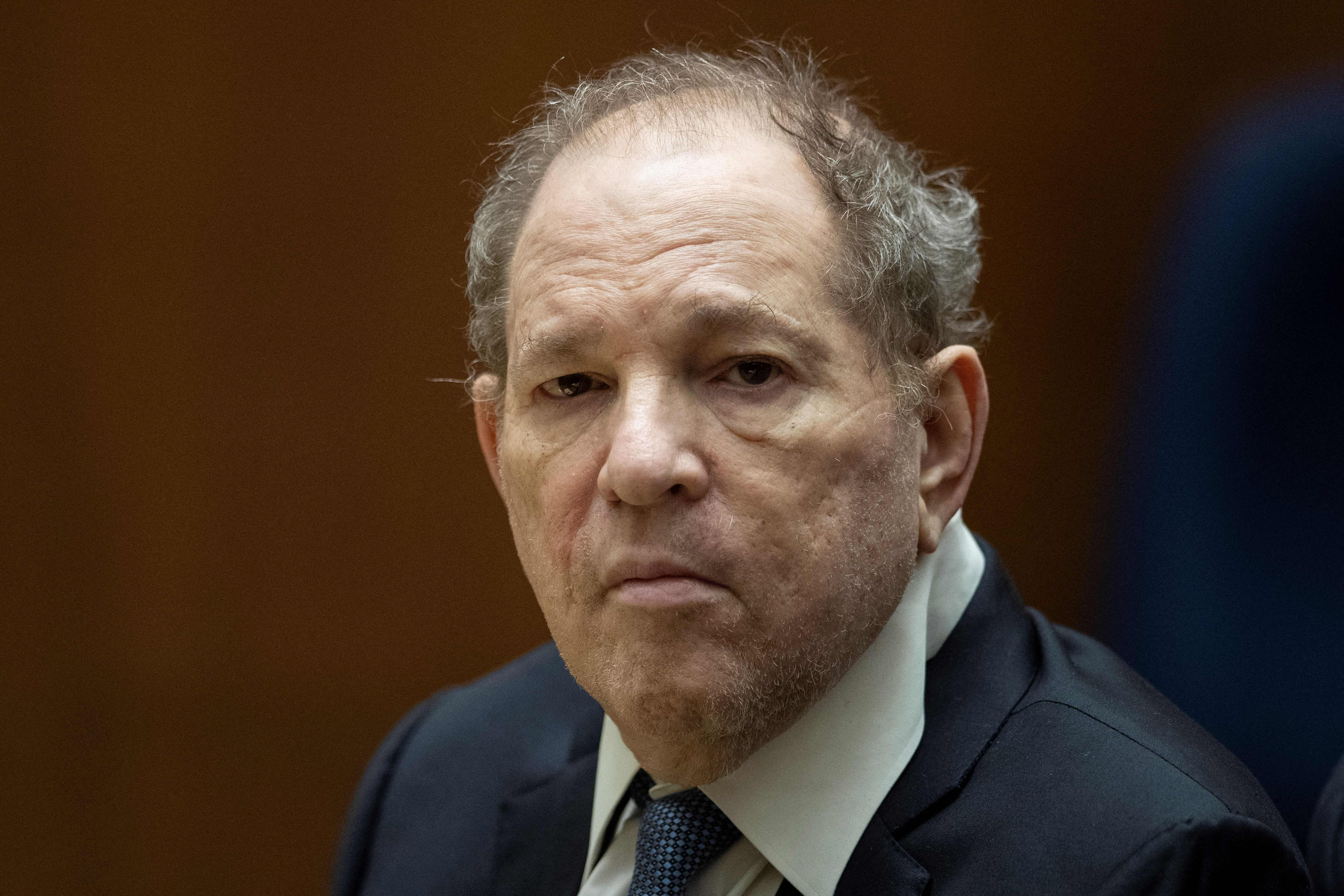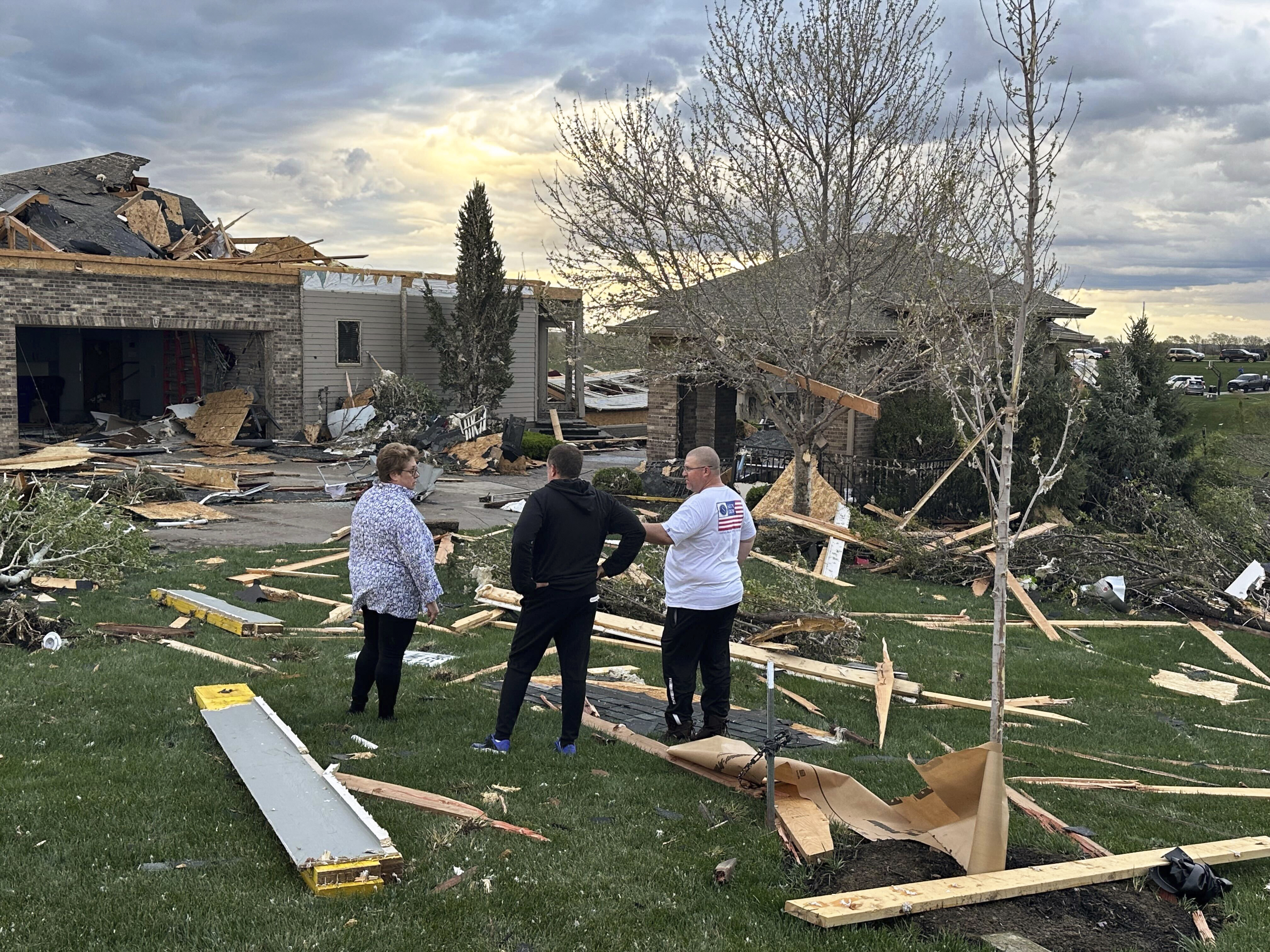Eric Brown, a retired commodities broker from Valley Stream, New York, has seen 17 total solar eclipses. This April, he'll witness his 18th.
Brown, who is headed to Texas next month, is among the millions of Americans expected to travel to witness the solar eclipse on April 8, 2024. According to the Great American Eclipse, one in four Americans will travel to see the first eclipse to cross North America since 2017, and the last until 2044.
“Eclipse chasers” like Brown treat eclipse viewing as a sport, revolving their travel plans around viewing the next one. Karen Watt started tracking eclipses as a child, seeing them in the '60s and most recently in 2023 with her family.
This year's eclipse, which will occur in most Americans’ backyards, could turn many more into hobbyists. According to NASA, nearly 100% of people in the U.S. will be able to witness a partial or total eclipse from where they live come April 8.
Get South Florida local news, weather forecasts and entertainment stories to your inbox. Sign up for NBC South Florida newsletters.
Here’s what they have to say about experiencing totality, and what to expect for first-timers.
What happens during a solar eclipse?
During these cosmic events, the moon passes between the earth and sun, casting a shadow on Earth that blocks the sun's light.
U.S. & World
There are different types of eclipses. Some, like the one on April 8, are total, during which the moon totally covers the sun. During annular eclipses, the moon’s circumference is smaller than the sun’s, leaving a “ring of fire” effect. A hybrid solar eclipse switches between annular and total. A partial solar eclipse happens when the moon only covers a portion of the sun.
At least two solar eclipses happen each year, per NASA. Each one is visible in a different location — last April’s solar eclipse could only be seen in a remote sliver of western Australia. The path of totality for the upcoming total eclipse is far more accessible. After starting in Mexico, the eclipse will cross major American cities like San Antonio, Austin, Dallas, Fort Worth, Indianapolis, Cleveland, Buffalo, Rochester, Syracuse and Montreal.
What does a total eclipse look like?
While people around North America will experience a partial eclipse, eclipse chasers say totality — the moments in which the moon casts a shadow on the earth — really is different. The visual effect of a total eclipse is sunset in the middle of the day.
“I felt like I was watching the sunset on another planet while shadows moved in strange ways. A hush fell over the world as wildlife began to quiet down and our surroundings go colder,” astrologer Renee Watt says of her first total eclipse.
"The vibe is intense, mysterious, and exhilarating. It’s almost like feeling how time accelerates. I am fascinated with noticing how everyone around me feel and acts differently during eclipses," astrologer Naranaya Montúfar, who has seen seven eclipses, says.
The minutes of totality lead to reverence and connection, eclipse chasers say.
"Eclipses represent an opportunity to remind me of the greatness of the universe and the perfection with which everything operates in the sky, and that we are part of it," Hector Cordero, an environmental and urban policy constant from Washington, D.C., says. "It made me feel connected to fellow citizens in a way that I hadn’t experienced in a long time."
Where can I witness an eclipse?
It’s possible to see the location and dates of eclipses far into the future. Brown, who is traveling to Austin this year, recommends scoping out a spot that has the highest probability of having clear skies.
“You could plan a great, exciting trip, but if it’s gonna be cloudy, that’s gonna ruin everything,” he says.
Cordero chose to travel to Cuatrociénegas in western Mexico to see the upcoming solar eclipse because it has a long duration of totality.
Don't be afraid of going somewhere you might not go otherwise. Narayana Montufar, an astrologer and author from Oakland, has traveled to fairly remote locations like Madras, Oregon and the Wirikuta Desert in Mexico for past eclipses. She says there’s “something magical about witnessing eclipses when out in nature.”
No matter where you choose, Alex Drossler, an aerospace engineer from Oakland, recommends booking early, as place sell out and prices rise.
What do I need to see an eclipse?
Drossler brings along specific gear to view and photograph eclipses, including “binoculars, cameras, tripods, and for solar eclipses the dark filters and glasses to protect eyes and cameras.”
But the most important piece of equipment needed to view eclipse safely are eclipse glasses.
“The danger is real for permanent vision loss,” Van Gelder, a clinical spokesperson for the American Academy of Ophthalmology, told TODAY.com ahead of the 2017 eclipse.
Even a few seconds of viewing the sun during an eclipse can burn the macula, which is part of the retina, “the light-sensitive tissue at the back of the eye that enables people to read and recognize faces,” eye doctors warned in JAMA on March 8.
This story first appeared on TODAY.com. More from TODAY:



